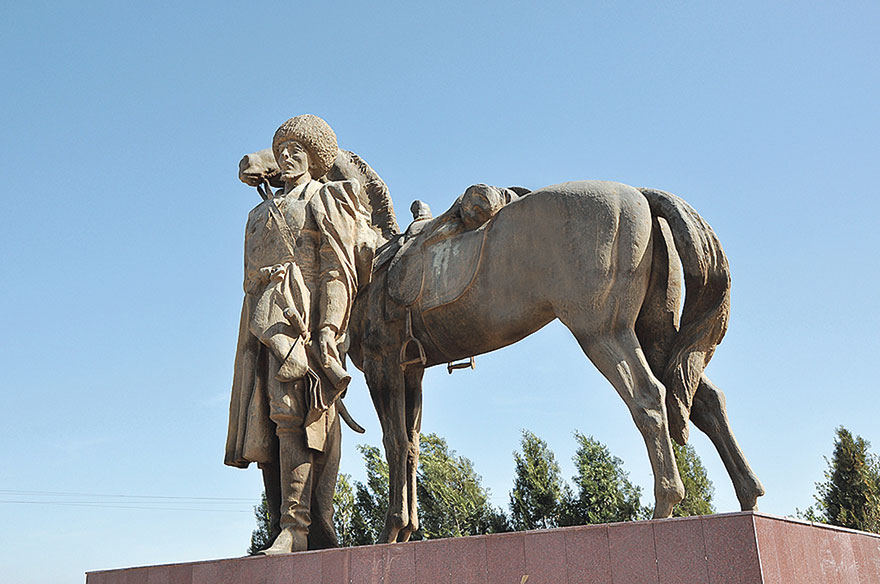The eastern region of the country abounds with ancient monuments that have come down to us. This primarily refers to the Karabekaul historical and cultural oasis located in the heart of the velayat. There, 21 ancient buildings stand in a relatively small area along the banks of the Amudarya River. The Soltanniyazbeg fortress takes a special place among them. It is located 63 kilometres from Turkmenabat. It is not visible from a distance, and only when the car climbs the hill, numerous ruins of various shape and size will appear to the left of the road. Ancient architects did not choose the place of construction by chance: a wide view from the hill allowed the inhabitants a century ago to see the approaching enemies and to prepare to defend the fortress.
In his scientific work Ancient Lebap, the renowned researcher of the history of the eastern velayat Albert Burkhanov writes that the people of the Ersary tribe began to settle on the banks of the middle reaches of the Amudarya River in the 16th century. They were characterised by a dispersed settlement and the construction of large fortresses. As a rule, they used the remains of the Kushan ancient and medieval settlements for this (the Kushan state during its heyday covered a significant part of modern Afghanistan, Central Asia, Pakistan, India and Xinjiang). The most famous fortress in the territory of the Karabekaul historical and cultural oasis is that of Soltanniyazbeg not only because of its location along the longest strategic route of the velayat.

